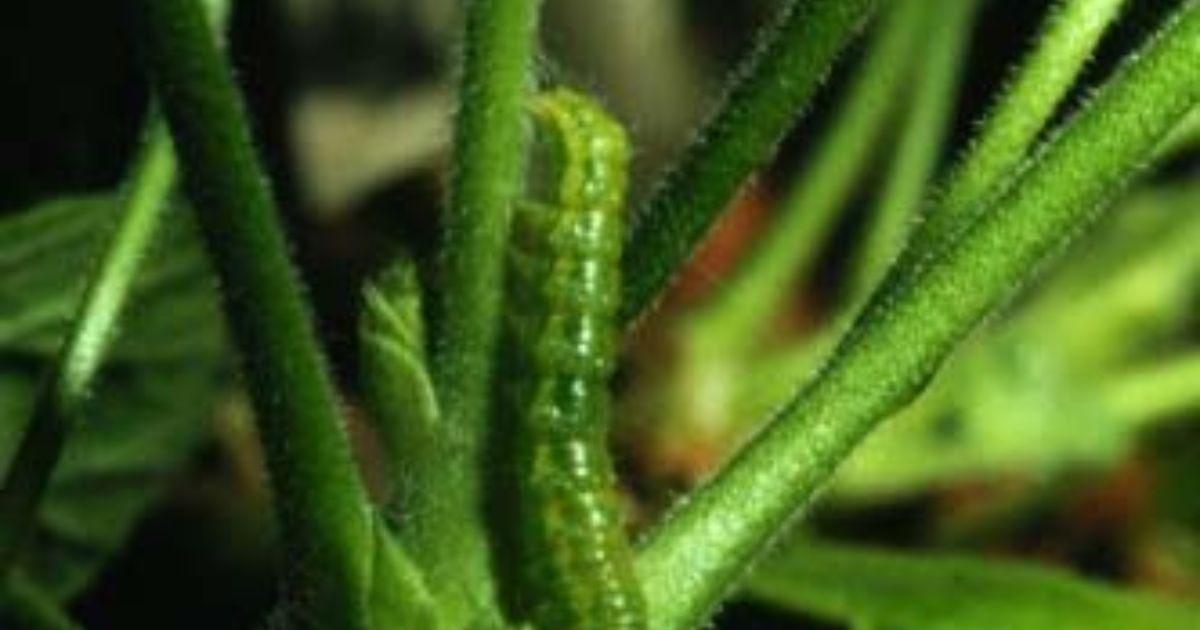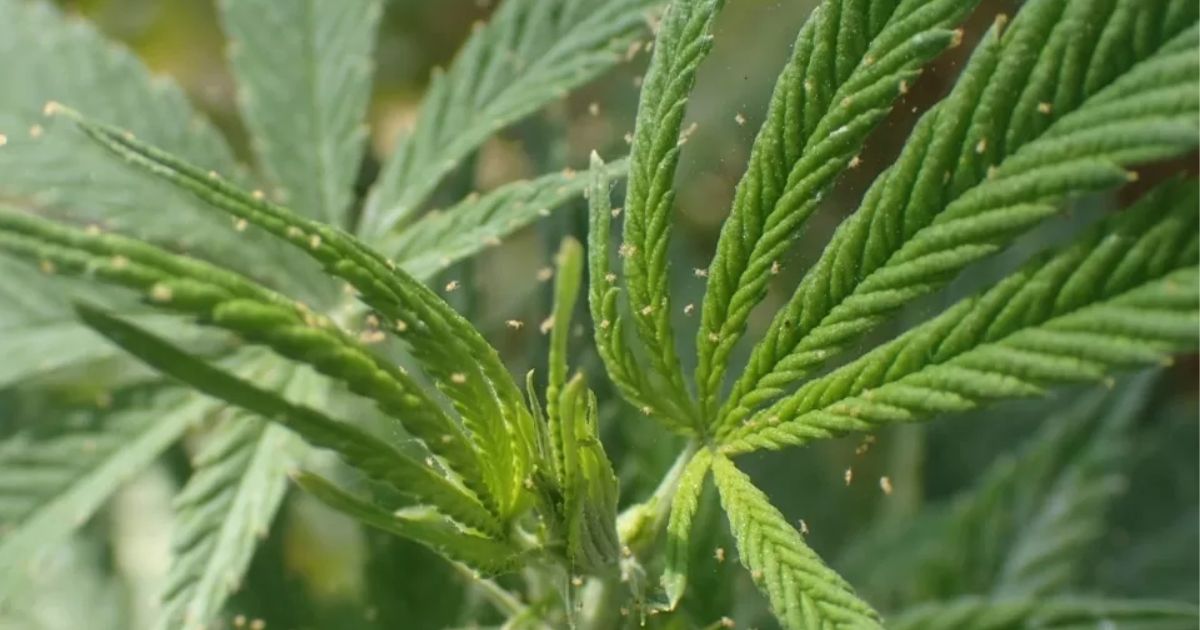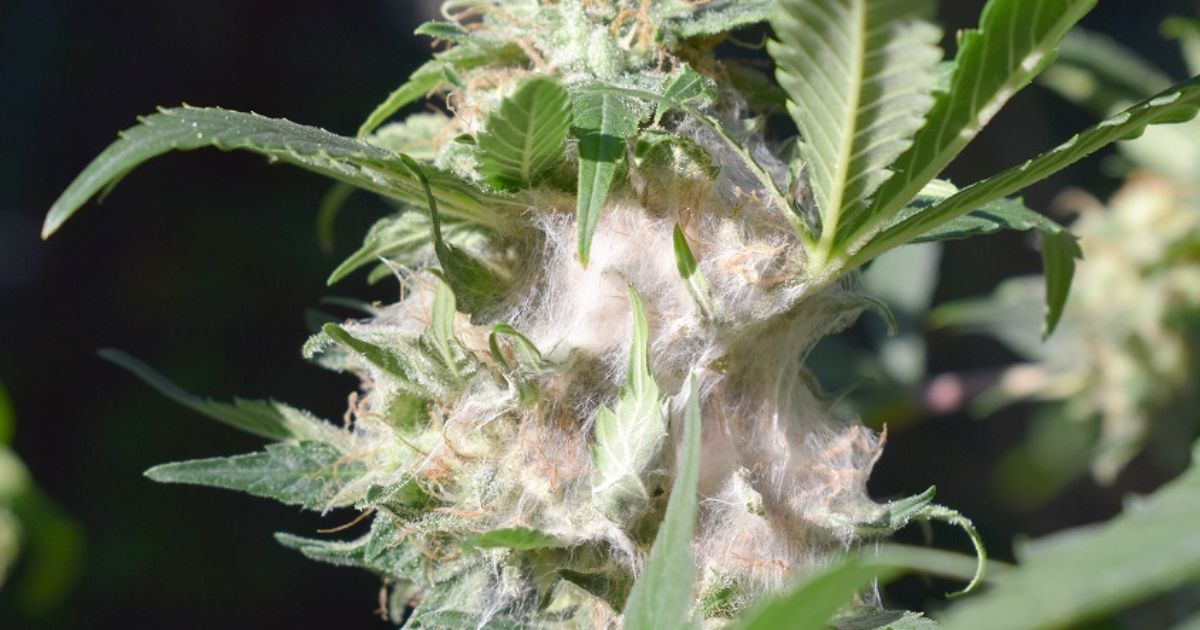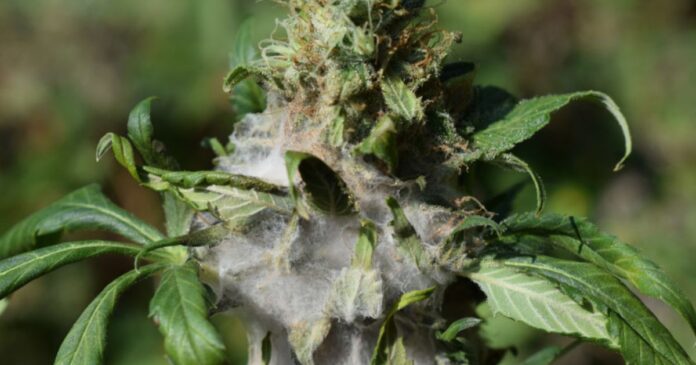Budworms, also known as cannabis caterpillars, are a common pest for outdoor and indoor cannabis growers. They feed on leaves, flowers, and buds, weakening the plant and reducing both yield and potency. While chemical insecticides might kill pests, they can also harm plants and leave harmful residues.
Natural methods, on the other hand, allow you to control budworms safely while maintaining the integrity of your buds. how to get rid of budworms naturally From companion planting to homemade sprays, biological predators, and proper plant hygiene, there are several ways to protect your cannabis from budworms.
In this guide, you’ll learn to:
- Identify budworm infestations early
- Understand their life cycle
- Use natural methods to control and prevent budworms
- Keep your cannabis plants healthy and pest-free
By the end, you’ll have a comprehensive strategy to defend your crop naturally and effectively.
What Are Budworms?
Budworms are caterpillar pests that target cannabis plants, particularly the buds and flowering tops. They are usually the larvae of moth species and, if unchecked, can result in serious harm. Adult moths lay eggs on leaves or buds, and the hatched larvae feed by burrowing into flowers, creating holes and leaving frass behind.
Signs of budworm infestation include:
- Chewed leaves and buds
- Small holes in flowers
- Dark green or brown droppings on leaves and buds
- Wilted or damaged flowers
Budworms thrive in warm, humid conditions and reproduce rapidly, making early detection essential. Outdoors, How to Identify Small White Bugs in Soil they are more common, but indoor growth with poor ventilation can also attract them.Understanding the budworm life cycle helps in natural control. Eggs hatch in 3–5 days, caterpillars feed for 2–3 weeks, then pupate into moths. Breaking this cycle naturally can help minimise infestation without chemicals.

Why Natural Control Is Better for Cannabis
Regarding safeguarding cannabis plants against pests like budworms, natural control methods are far superior to chemical pesticides. Cannabis buds are delicate, resinous, and full of cannabinoids such as THC and natural budworm control cannabis. Using harsh chemical insecticides can damage trichomes, reduce potency, and leave harmful residues that may make the buds unsafe for consumption.Natural pest control methods, on the other hand, allow growers to maintain plant health, flavour, and medicinal quality while still keeping pests at bay. These methods include introducing beneficial insects, using organic sprays like neem oil or Bacillus thuringiensis (Bt), handpicking caterpillars, and employing companion planting strategies.
Additionally, natural control supports a balanced ecosystem in your grow space. Beneficial insects help manage pest populations without harming the plant, and organic sprays degrade quickly, reducing environmental impact.Ultimately, natural pest management is safer, sustainable, and more effective in the long run..cannabis budworm organic treatment protects both your cannabis crop and the surrounding environment while ensuring that your buds remain potent, aromatic, and safe for consumption.
Early Detection and Monitoring
The key to controlling budworms naturally is early detection. Regular inspections help catch infestations before they spread.
Tips for monitoring:
- Check under leaves and inside buds for small caterpillars or eggs
- Look for frass or bite marks on buds and leaves
- Use yellow sticky traps to detect moths before larvae hatch
- Inspect plants every 2–3 days during the flowering stage
Early detection allows you to intervene naturally before damage becomes severe. 5 Benefits of Black Gold Organic Potting Mix for Plants budworm pest control cannabis Removing eggs and caterpillars by hand is one of the simplest and most effective methods for small growers.
Physical Control Methods
Physical control methods are among the safest and most effective ways to manage budworms on cannabis plants without using chemicals. These techniques involve direct intervention to remove or prevent pests from damaging your plants.
Handpicking Budworms
For small to medium organic pest control cannabis plants, manually removing caterpillars is one of the simplest ways to reduce infestations.
- Wear gloves and carefully inspect buds and leaves.
- Pick out visible caterpillars and eggs.
- Drop them into a container of soapy water to kill them.
Handpicking is especially effective during the early stages of infestation, preventing the larvae from burrowing deeper into buds.
Pruning Infested Leaves or Buds
If there are significant infestations in some plant parts:
- Remove damaged leaves or buds to prevent larvae from spreading.
- Dispose of them outside your grow area to avoid reinfestation.
Pruning also improves airflow, homemade budworm spray cannabis reducing the likelihood that pests will thrive in dense foliage.
Netting and Physical Barriers
Outdoor plants are more susceptible to budworm moths laying eggs. Fine mesh or insect netting can:
- Prevent moths from reaching your plants.
- Reduce the overall number of eggs laid.
This method is environmentally friendly and doesn’t interfere with plant growth.
Sticky Traps
- Place traps near the canopy and around the perimeter of your grow area.
- Replace sticky cards regularly when they become full or dusty.
- Sticky traps are non-toxic and help monitor the presence and activity level of budworms.
By combining these physical methods, you can significantly reduce budworm populations without using harmful chemicals, Ultimate Guide: What to Use to Pass a Drug Test keeping your cannabis plants healthy, potent, and safe for consumption.
Biological Control
Beneficial insects are natural predators of budworms. Introducing them to your garden is an effective way to control pest populations naturally.
Trichogramma Wasps:
Tiny parasitic wasps that lay eggs inside budworm eggs, preventing hatching. Safe for cannabis and highly effective.
Ladybugs and Lacewings:
These predators feed on young larvae and eggs, अभयारिष्ट सिरप के नुकसान reducing the number of caterpillars before they burrow into buds.
Predatory Nematodes:
Applied to soil, they attack caterpillar larvae that drop to the ground to pupate, breaking the life cycle naturally.
Tip: Introduce these beneficial insects early in the growing cycle to cannabis budworm prevention naturally prevent infestations rather than reacting after severe damage.
Natural Sprays and Homemade Solutions

Several natural sprays are safe for cannabis and can deter or kill budworms:
Neem Oil:
- Inhibits insect growth and serves as a repellent.
- Spray leaves, buds, and stems carefully
- Repeat every 5–7 days
Bacillus thuringiensis (Bt):
- A naturally occurring bacterium that targets caterpillars
- Safe for humans and pets
- Apply directly to leaves and buds
Garlic and Chilli Spray:
- Mix garlic, chilli, and water as a homemade spray
- Repels moths and larvae from laying eggs
Soap Spray:
- Mix mild liquid soap with water
- Spray affected areas to suffocate larvae
Always test sprays on a small area first to ensure your plants tolerate them, How to Grow Bud Outdoors especially during flowering.
Companion Planting and Garden Hygiene
Companion planting can naturally deter budworms. Some effective companion plants include:
- Basil, marigold, or mint: Repel moths and caterpillars
- Dill or coriander: Attract beneficial insects like parasitic wasps
Garden hygiene also plays a significant role:
- Remove fallen leaves and plant debris
- Avoid overcrowding plants to improve airflow
- Clean tools regularly to prevent transferring pests
Healthy, stress-free plants are less attractive to does himcolin gel increase size budworms and more resilient if infestation occurs.
Preventing Budworms for Future Harvests
Prevention is always better than cure when it comes to budworms. By adopting proactive measures, you can minimise infestations and protect your cannabis plants for future harvests.Before adding new plants, examine them. Move them to your grow area. Even a single infested plant can quickly spread moths and caterpillars. Maintain consistent plant health through proper watering, nutrients, Marijuana Grow Box: The Ultimate Guide to Indoor Cannabis Growing and airflow, as strong, stress-free plants are less attractive to pests.
Companion planting is another effective natural strategy. Plants like basil, marigold, or mint repel moths, while herbs such as dill and coriander attract beneficial insects that feed on budworm eggs and larvae.Regular monitoring and early intervention are key. Use sticky traps to detect moths early and introduce beneficial insects, such as parasitic wasps, before an infestation takes hold.
Finally, practice good garden hygiene: remove fallen leaves, dead plant matter, and debris that could harbour eggs or larvae. Rotate companion plants and clean tools regularly to prevent accidental transfer of pests.By combining these preventive methods, you can reduce the risk of budworms, natural insecticides for cannabis ensure healthier cannabis plants, and enjoy higher yields and cleaner buds in every future harvest.
When to Act Quickly

Budworms can destroy buds in a matter of days. Act immediately if you notice:
- Holes in buds or leaves
- Frass on flowers
- Drooping or damaged buds
Early intervention with handpicking, sprays, or biological controls will prevent profound crop loss and ensure a healthy harvest.
Conclusion
Budworms can be a serious threat to cannabis plants, causing damage to leaves, buds, and ultimately reducing yield and potency. However, using natural control methods allows growers to manage these pests safely and effectively, without harming the plant or leaving chemical residues.By combining strategies like handpicking caterpillars, pruning infested parts, using sticky traps, introducing beneficial insects, and applying organic sprays like neem oil or Bt, you can protect your cannabis plants throughout their growth cycle. Preventing this requires early discovery and consistent monitoring. Severe infestations, while good garden hygiene and companion planting add an extra layer of protection.
Natural methods not only keep budworms under control but also maintain the quality, aroma, and potency of your cannabis, ensuring a safe and high-yield harvest. A healthy plant, cared for with patience and vigilance, is far more resilient against pests.Ultimately, adopting natural pest control practices benefits your plants, your harvest, and the environment, making it the best approach for any cannabis grower seeking long-term success.
FAQ
Can budworms kill my cannabis plants?
Mostly, budworms damage buds and leaves, reducing yield and potency. Severe infestations can stress plants, but early detection prevents significant loss.
How do I know if my cannabis has budworms?
Look for chewed leaves and buds, small holes in flowers, dark droppings (frass), and wilting or damaged buds.
Is neem oil safe to use on flowering cannabis?
Yes, neem oil is safe, but it should be applied cautiously to avoid direct contact with buds, as it may affect trichomes.
How long does it take for natural sprays like Bt or neem to work?
Larvae usually stop feeding or die within 24–72 hours, depending on the method and infestation severity.
Can indoor cannabis grow get budworms?
Yes, moths can enter indoor spaces, especially near windows or vents. Monitoring and physical barriers, such as mesh netting, help prevent infestation.
Are beneficial insects effective against budworms?
Absolutely. Parasitoid wasps, ladybugs, and lacewings prey on eggs and larvae, breaking the budworm life cycle naturally without harming your cannabis.




